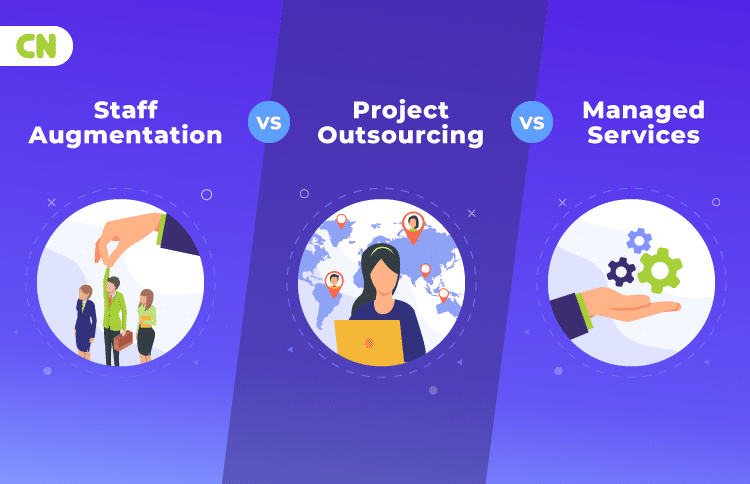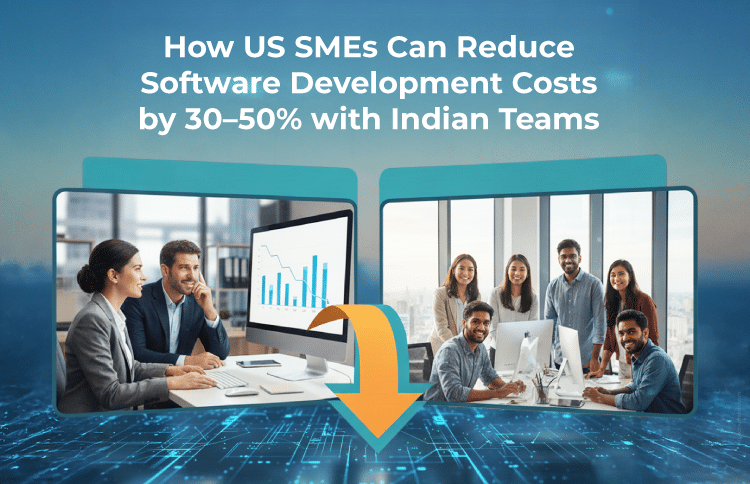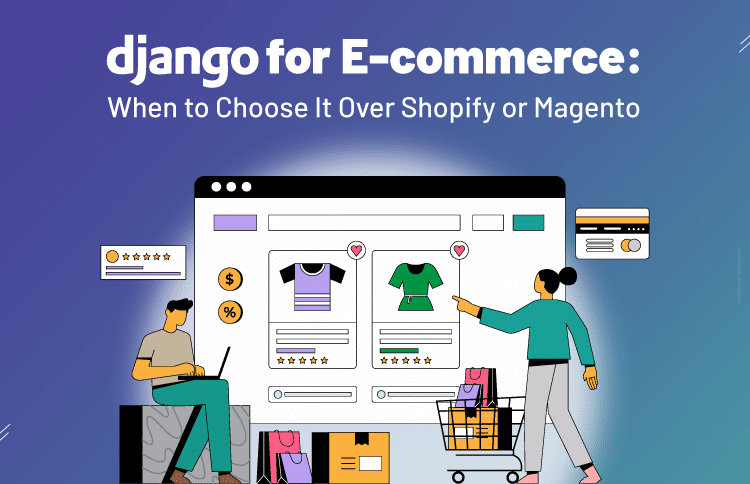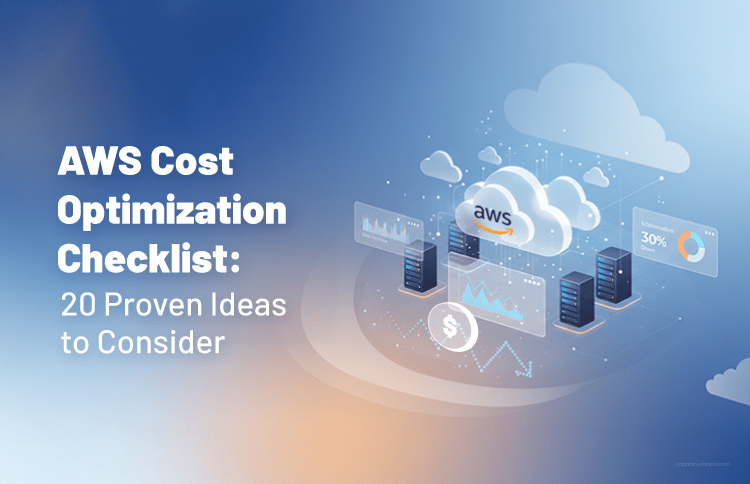Staff Augmentation vs Project Outsourcing vs Managed Services
Table of Contents
As a CTO, when you’re making critical technology decisions, one of the first dilemmas you face is how to get the work done. Should you extend your in-house team with staff augmentation, hand over the entire project through outsourcing, or rely on managed services for long-term stability? Each model serves a different purpose: staff augmentation gives you flexibility and control by adding external talent under your direction; project outsourcing shifts execution and accountability to a vendor for a defined scope; and managed services provide ongoing support and management of systems with predictable costs.
The confusion arises because all three approaches involve external partners, yet the outcomes and responsibilities are very different. This blog highlights the pros and cons, ideal scenarios, and key differences between these approaches so you can make an informed choice.
What is Staff Augmentation?
When you need to expand your team quickly without going through the long hiring cycle, staff augmentation is the most practical approach. Staff augmentation means bringing in external professionals who work alongside your in-house team to fill skill gaps or boost capacity.
These professionals operate according to your guidance, while the provider handles hiring, contracts, and HR overhead. You set the priorities, manage the workload, and define success. This model is appropriate when you need specific expertise but don’t want to commit to full-time hires.
Pros
- Direct control over execution: You stay in charge of how the project moves forward. Augmented staff follow your processes, tools, and reporting structure.
- Access to niche skills on demand: You can bring in specialists like React developers, DevOps engineers, or cloud architects when there are requirements. You don’t have to spend months recruiting and training them.
- Scalable workforce: Scale up when you face a tight deadline or new project, and scale down when demand drops. You only keep resources for as long as they are needed.
- Lower operational burden: The vendor takes care of payroll, benefits, compliance, and contracts. You focus only on how the team performs.
Cons
- Management responsibility remains with you: You still need to guide, review, and coordinate. If your internal leadership is stretched thin, this can be a challenge. To address this problem and make the most of your staff augmentation needs, you should foster open communication, define your core principles, and encourage document-driven development.
- Knowledge transfer risks: External staff may not stay for the long term. So, you need processes to retain what they build or learn.
- Scalable workforce: It can take time for new people to align with your culture, tools, and ways of working.
Example Scenarios:
- You’re preparing for a product launch, and your existing developers can’t keep up with the added workload. You extend the team with external developers to accelerate delivery.
- Your in-house team is great with backend development, but lacks UI/UX expertise. You onboard a UI/UX designer temporarily to close that gap.
You May Also Read:
The Definitive Guide to Staff Augmentation
What is Project Outsourcing?
Project outsourcing involves handing over the entire responsibility for a specific project to an external vendor. Here, the vendor takes full ownership of the project’s design, development, and delivery. Your role as a business leader is primarily to define the project’s goals, budget, and timeline, and then provide oversight and approvals during key stages. This model is particularly useful when you need to free up your internal resources or lack the expertise required for a particular initiative.
Pros
- Focus on core business: With project outsourcing, you can concentrate on what you do best. It’s the responsibility of the vendor to handle the specialized tasks. In other words, your team doesn’t have to handle functions that are outside their core competencies.
- Access to expertise: Vendors have in-depth knowledge, whether it’s a tech platform or marketing strategy. They know how to get the job done effectively and efficiently.
- Fixed costs: More often, the project outsourcing model comes with fixed-price contracts. You have clarity on the costs upfront. This makes budgeting easier and reduces financial uncertainty.
- Scalability: If the project requires additional resources during execution, the vendor can scale up or down as needed. This flexibility ensures that you have the right amount of support.
- Time savings: By choosing project outsourcing, you can avoid hiring, training, and managing an in-house team for that specific project. This saves a lot of time.
Cons
- Limited control: You have limited control over how the project is executed. You can set the expectations, but the actual day-to-day work is done by the vendor. Their work may not align with your expectations every time.
- Communication challenges: If you work with external teams, especially those in different time zones or cultures, communication gaps will arise. These gaps can cause delays or misunderstandings.
- Risk of misalignment: There’s always the risk that the vendor doesn’t completely understand your business or project requirements. If the project scope isn’t defined clearly, it can lead to scope creep, cost overruns, and missed deadlines.
- Dependency on the vendor: You become reliant on the vendor for the success of the project. If they fail to deliver or miss deadlines, it can have a significant impact on your business operations or reputation.
Example Scenarios:
- You may have an outdated website that needs a complete redesign, and you want to ensure it’s done right. Rather than tying up your in-house team, you outsource the project to a web development service provider that specializes in user-friendly, responsive design.
- Your company is preparing to launch a new mobile app, but your internal team is already stretched across multiple priorities. To avoid delays and ensure high-quality delivery, you outsource the development to a specialized app agency with proven expertise in cross-platform performance. This allows you to stay focused on strategy while the outsourced team handles design, coding, and testing.
You May Also Read:
Project Outsourcing or Staff Augmentation… Which is Best for You?
What are Managed Services?
Managed services refer to a business model where you outsource the ongoing management, monitoring, and maintenance of specific functions, systems, or processes to an external vendor. They are about long-term relationships and operational stability. Since the service provider handles your daily business operations, you can focus more on strategic initiatives.
Managed services include areas like IT infrastructure, cloud engineering and management, security operations, and application support. The key difference is that managed services are ongoing. The vendor continuously monitors, troubleshoots, and improves systems, usually under a Service Level Agreement (SLA).
Pros
- Operational efficiency: With a Managed Service Provider (MSP) handling routine tasks like system monitoring, troubleshooting, and upgrades, your internal teams can dedicate their efforts to more strategic, high-priority projects that drive business growth.
- Reduced risk of downtime: Because MSPs prevent issues before they occur, the risk of costly downtime is significantly reduced. They continuously monitor systems for vulnerabilities, apply patches, and ensure that your IT infrastructure remains secure and stable.
- Cost savings: If you outsource routine tasks, there’s no need to hire, train, and maintain in-house staff. Moreover, the predictable cost structure helps with budgeting. This eliminates the surprises associated with project-based pricing models.
- Access to expertise: MSPs bring specialized knowledge and experience that may be hard to maintain in-house. You can leverage their expertise without the overhead of building an internal team with the same level of specialization.
Cons
- Less control: When you delegate ongoing functions to an external provider, you give up some control over how those services are delivered. While the service provider will follow the SLAs, certain decisions or changes may need to go through them. This can slow down the process.
- Long-term dependency: Managed services create a dependency on the vendor for continued support and maintenance. If the provider faces issues or doesn’t meet expectations, it could affect your operations. To mitigate this risk, you need to have a good relationship and periodic performance reviews with the MSP.
- Initial transition challenges: Transitioning to a managed services model requires a period of adjustment. This can involve shifting responsibilities, reworking internal processes, and integrating new technologies.
- Potential for scope creep: As the relationship with the MSP evolves, the scope of services could expand beyond the original agreement. This will lead to higher costs. Hence, define the scope of services upfront and regularly review the engagement.
Example Scenarios:
- A global retail business operating across multiple time zones may find it difficult to manage its cloud infrastructure and ensure uptime around the clock. By partnering with a managed services provider, the business can offload the responsibility of cloud monitoring, security, and performance optimization. In that instance, their systems will run smoothly without any internal constraints.
- A mid-sized company might not have the resources to build and maintain a full-fledged IT support team. By engaging an MSP, the company can offer its employees 24/7 help desk support.
Staff Augmentation vs Project Outsourcing vs Managed Services: A Quick Comparison
| Aspect | Staff Augmentation | Project Outsourcing | Managed Services |
|---|---|---|---|
| Definition | Adding external talent to work under your direction. | Handing over a defined project to an external vendor. | Outsourcing ongoing management and maintenance of systems. |
| Control | Full control over project execution and direction. | Limited control; vendor handles execution. | Limited control; vendor manages systems with predefined SLAs. |
| Scope | Flexible; fill skill gaps or increase capacity. | Fixed scope; specific project goals and timelines. | Ongoing, broad coverage of systems and operations. |
| Flexibility | High flexibility; adjust workforce as needed. | Moderate flexibility; vendor can scale resources. | Low flexibility; set SLAs and long-term commitments. |
| Responsibility | You remain responsible for managing the team and execution. | Vendor is responsible for project delivery. | Vendor is responsible for ongoing management. |
| Expertise Required | You provide direction; external staff brings expertise. | Vendor brings specialized expertise to the project. | Vendor provides specialized expertise for ongoing needs. |
| Cost Structure | Hourly/daily rates for the external staff. | Fixed-price or milestone-based contracts. | Monthly or subscription-based fees. |
| Duration | Short-term or long-term, based on need. | Defined project duration. | Long-term, ongoing engagement. |
Choosing the Right Engagement Model: What to Think About
You need to consider these factors before opting for an engagement model:
- Project Complexity and Scope: If your project has clear goals, timelines, and deliverables, outsourcing it entirely might be the most efficient route. But if your needs are more fluid or ongoing, like evolving requirements or continuous development, Staff Augmentation or Managed Services can offer the flexibility you need.
- Control and Oversight: If maintaining control over day-to-day execution is important, Staff Augmentation offers full oversight. For projects where you prefer less involvement in execution, Project Outsourcing or Managed Services can free up internal resources.
- Resource Availability: If your internal team is overloaded or lacking certain expertise, Staff Augmentation helps by providing expertise on demand. For continuous needs, Managed Services ensure consistent support.
- Budget and Cost Predictability: Project Outsourcing typically offers fixed-price contracts while providing budget certainty. Managed Services come with predictable monthly fees, while Staff Augmentation may involve hourly or daily rates, which can fluctuate.
- Time Constraints: If you need to meet tight deadlines, Staff Augmentation can quickly scale your team. If the project timeline is fixed, Project Outsourcing ensures that all work is handled by the vendor within the agreed period.
- Long-Term Support vs. One-Time Projects: For long-term, ongoing maintenance, Managed Services are ideal. If the project is one-time or temporary, Staff Augmentation or Project Outsourcing may be better suited.
Conclusion
Choosing between Staff Augmentation, Project Outsourcing, and Managed Services depends on your business goals, the level of control you want, and the type of expertise you need. Each model offers unique benefits, and it’s up to you to evaluate these benefits and make a decision that enhances your efficiency, scalability, and innovation in the long run.
Why Hire Capital Numbers for Your Staff Augmentation, Project Outsourcing, and Managed Services?
Choosing the right partner for your staffing, outsourcing, or managed services needs is important. Capital Numbers offers tailored solutions to help you navigate these choices effectively. Here’s why you should consider us:
- Access a curated team of over 500 experts proficient in 50+ technologies.
- Serving 250+ clients worldwide.
- 50+ awards in the last 12 years.
- 300+ shining 5-star reviews across well-known B2B review platforms.
- ISO 9001, ISO 27001, and SOC 2 Type II Certified.
Let’s connect and discuss how Capital Numbers can be the perfect partner for your business needs.
FAQs
1. What is the best model for scaling my team quickly?
If you need to increase your team size without long-term commitments, Staff Augmentation is perfect. It allows you to engage skilled professionals for a specific period. This provides flexibility to scale up or down based on your project needs.
2. How do I manage risks in Project Outsourcing?
To manage risks in Project Outsourcing, ensure that the project scope, timelines, and deliverables are clearly defined from the start. Regular communication, milestone reviews, and a well-defined contract with SLAs can mitigate the risk of misalignment or missed deadlines.
3. Can I switch between these models during a project?
Switching between engagement models can be challenging, but it is possible. It’s essential to evaluate your project’s evolving needs and ensure that the transition is handled smoothly to avoid operational disruptions. For example, if a project is outsourced but requires ongoing maintenance, you might need to shift to a Managed Services model afterward.
4. What if I need long-term operational support but don’t have an in-house team for it?
In this instance, Managed Services are the best option. It provides continuous support, monitoring, and management without the need to hire or maintain an internal team. This is especially useful for businesses that require ongoing IT or cloud management.
5. What happens if my outsourced project vendor fails to meet expectations?
To protect against this, you should establish clear contract terms, including SLAs, penalties for missed deadlines, and exit strategies. Regular checkpoints and progress reviews can help identify any potential issues early.















